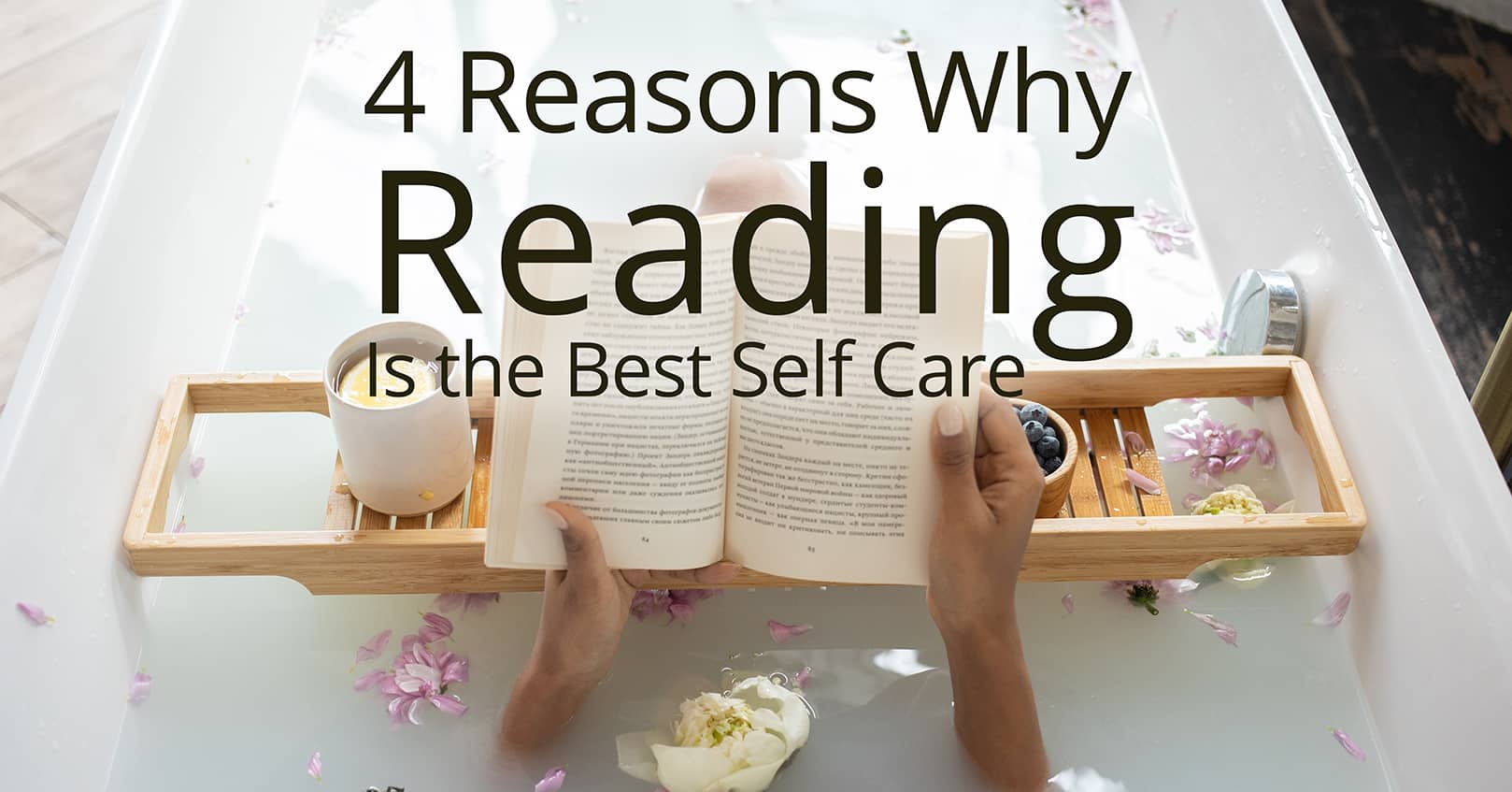
It’s time to debunk some book myths! Are you surprised by any of these myths? Any you would add to the list?
Myth #1: Learning to read is a natural process.
Unlike speaking, reading is not naturally occurring. Reading and writing are created by humans and is relatively new (only five thousand years old). According to the National Institute for Literacy and the Center for Education Statistics, 21% of adults (over 40 million) in the US are illiterate, 54% of adults have a literacy below the 6th grade level, and about 40% of students across the nation cannot read at a basic level.
Simply putting a child in a reading environment isn’t enough to develop reading skills. Those skill must be explicitly taught and practiced.
Myth #2: Struggling readers just need more time.
This idea, that struggling readers just need time and intervention isn’t needed, is known as developmental lag theory, and it has been disproven (which makes sense after reading myth #1!). Late bloomers are the exception rather than the rule; skill deficits are almost always what prevent children from becoming good readers (Juel, 1988; Francis et al., 1996; Shaywitz et al., 1999; Torgesen, 1998).
Myth #3: Love of reading is independent of reading ability.
Better readers spend more time reading for pleasure and choose more difficult texts, leading to better literacy skills (Guthrie et al., 1999). It makes sense: if reading is a struggle, it would be nearly impossible to find joy in it!
Myth #4: Only non-fiction books qualify as valuable reading.
Reading fiction still improves literacy skills. Studies show that students who read more for pleasure also have more reading achievements (Anderson, Wilson, and Fielding, 1988). Reading what you enjoy reading will lead you to want to read more! That is always a good thing.
Additionally, every book has something to be learned. While fiction doesn’t explicitly impart knowledge the same way nonfiction does, it does still teaches lessons and allows us to see life through different perspectives. I’ve also learned a lot of interesting facts from fiction. (Thank you, authors, for doing all that research!)
Myth #5: Books are going away/No one reads anymore.
The Pew Research Center reported that in 2021, 75% of US adults said they read at least 1 book (either completely or part-way), and this number has been mostly consistent since 2011. On average, Americans read 14 books in 2021, and the typical (median) American read five books that year, again identical to 2011. While these numbers aren’t stellar, it certainly isn’t true that no one reads anymore!
Myth #6: Ebooks are making print books obsolete.
The AAP reported that in the first quarter of 2024, paperbacks made up 35.6% of the total trade sales, hardback made up 34.5%, and ebooks made up 12%. This is percentage of revenue, so the percentages don’t truly reflect numbers sold, but the difference is still stark.
The Pew Research Center conducted a survey in 2021: 33% of the respondents say they read both print and digital books, 32% read only print books, and 9% read digital books only. This survey shows that print books are still preferred over ebooks. There are pros and cons to both formats, but I personally enjoy both!
Myth #7: Listening to audiobooks isn’t reading.
By the definition of “read” in Merriam Webster, listening to an audiobook could qualify as reading, since the definition uses the term “especially” rather than “only.” It says, “to receive or take in the sense of (letters, symbols, etc.) especially by sight or touch.”
Some argue that reading results in better comprehension than listening. A study showed that when the text was difficult, comprehension was lower for those who listened to it rather than read it. This may be because it is easier to reread sections and take notes than it is to re-listen to sections. However, for simple narratives, research shows that those who listened and those who read get nearly identical scores on comprehension tests. When you consider that reading is a new development in human history, and humans have used an oral tradition until recently, it makes sense that our brains would be primed to receive information orally.
Of course, an advantage to audiobooks is that readers can do something else while listening—they can multitask. Multitasking does lower reading comprehension, so it’s likely that’s where the stigma of lower comprehension with audiobooks comes from. That aside, I know several readers who have higher comprehension with audiobooks than they do with reading. I also know readers (including myself), who have better comprehension with reading. It’s wonderful we have both options!
The other argument I’ve seen is that reading and listening use different brain functions—that reading is better for your cognitive functions. But the research doesn’t bear this out. In fact, scientists at the University of California (UC), Berkeley, created interactive 3D semantic maps of the brain, and they discovered that the brain maps for listening and reading were nearly identical. In other words, the brain processes reading and listening the same way. Isn’t that fascinating?
The research shows that listening to audio books is a perfectly valid and good way read a book.
Happy reading!














Comments